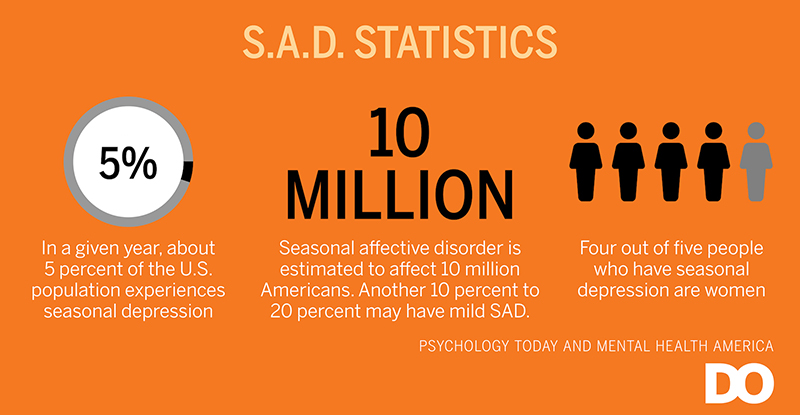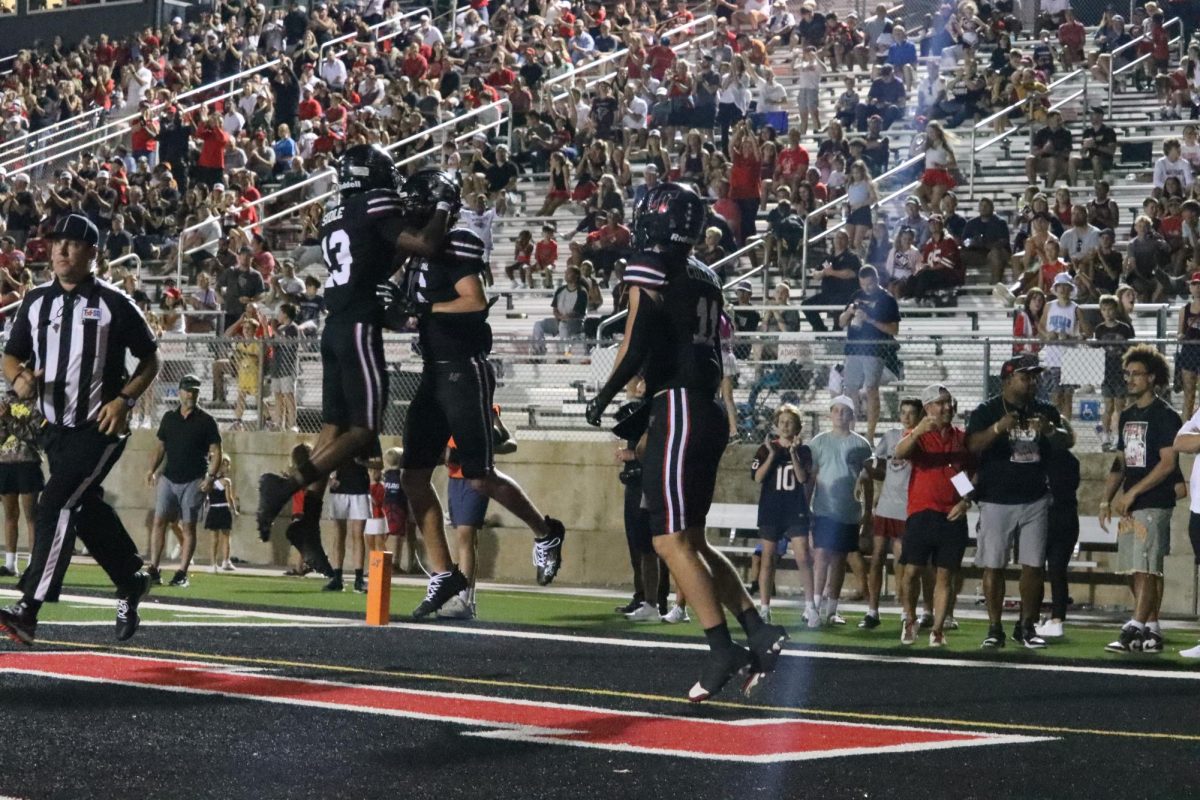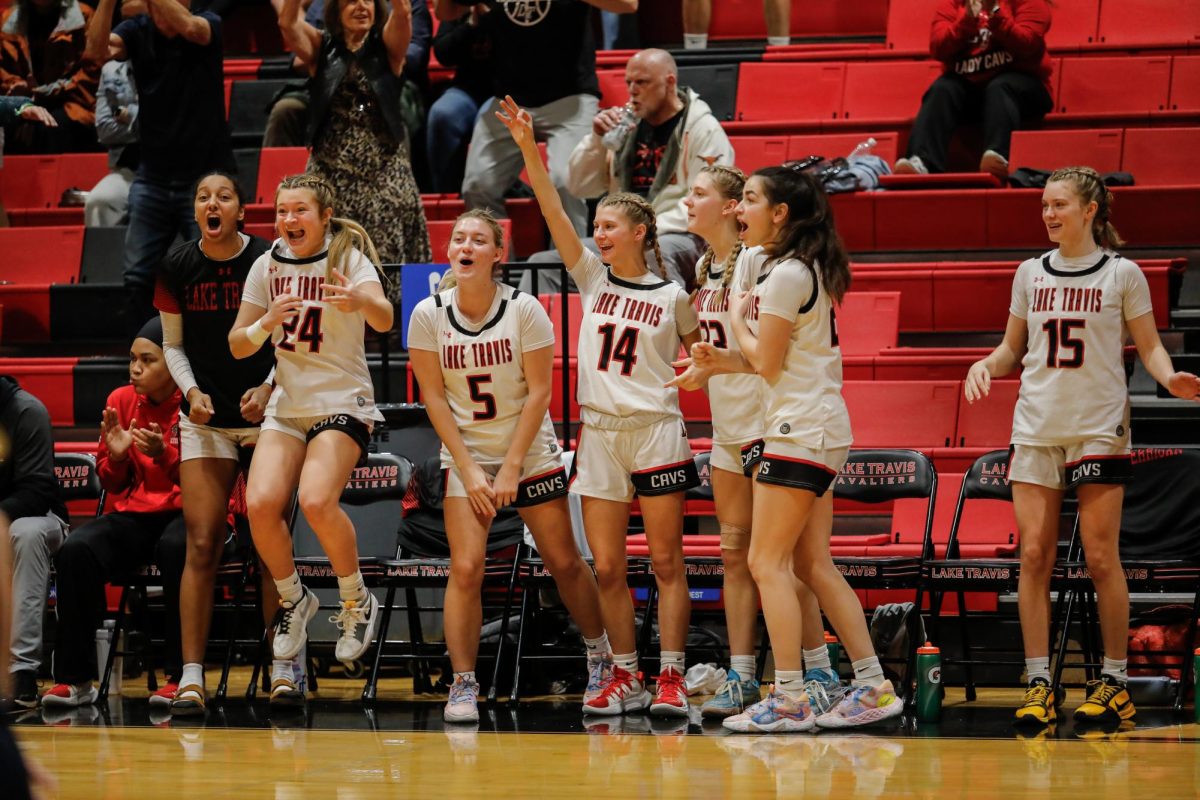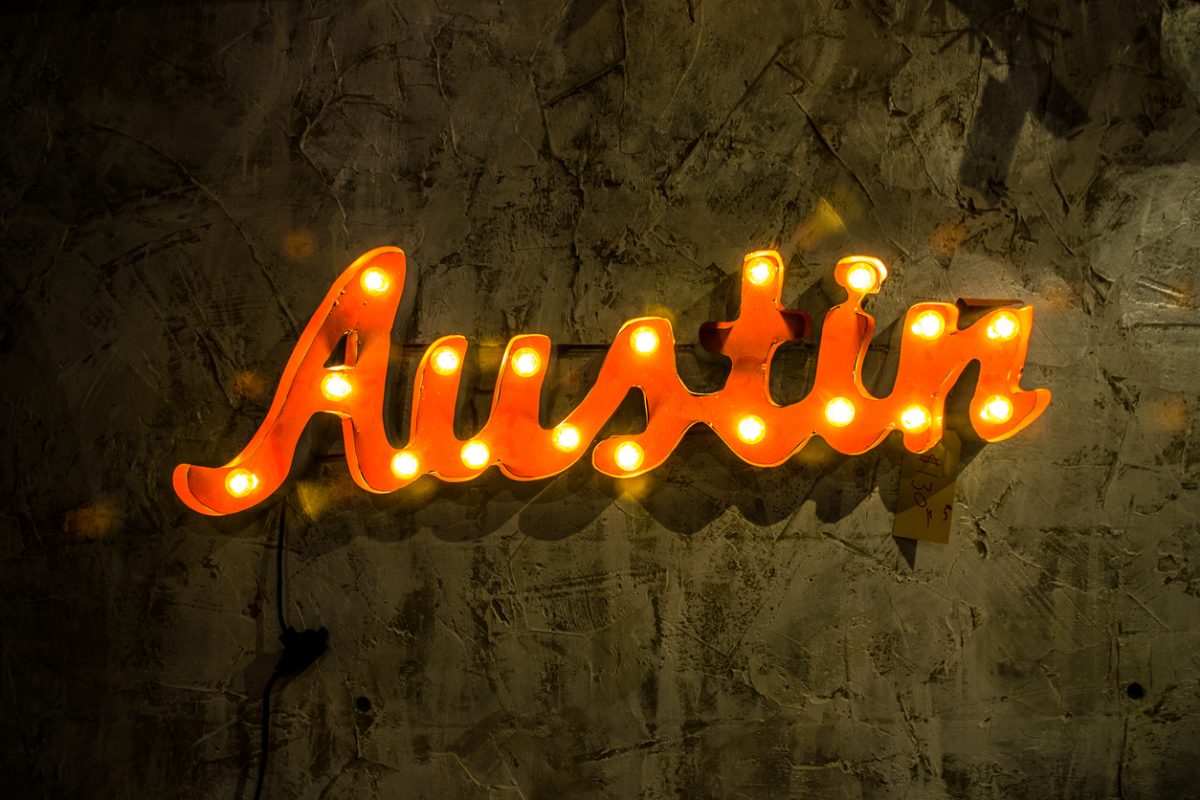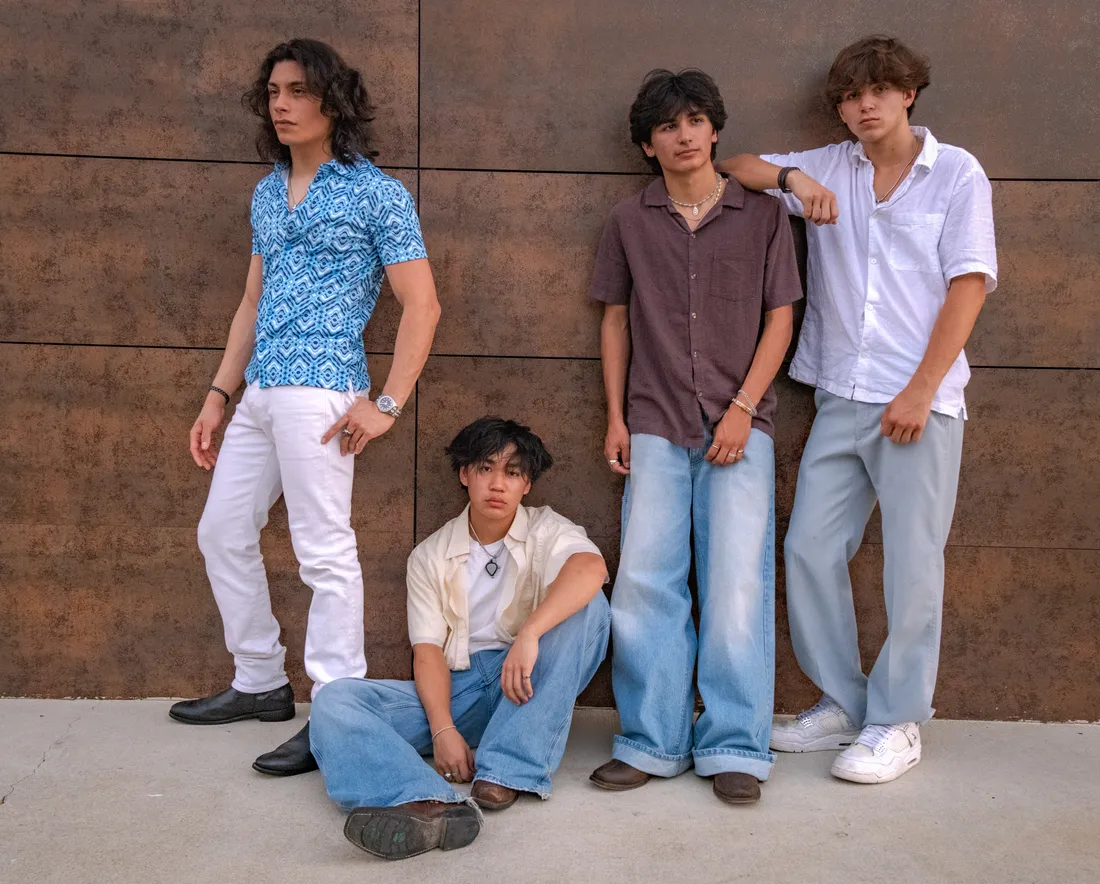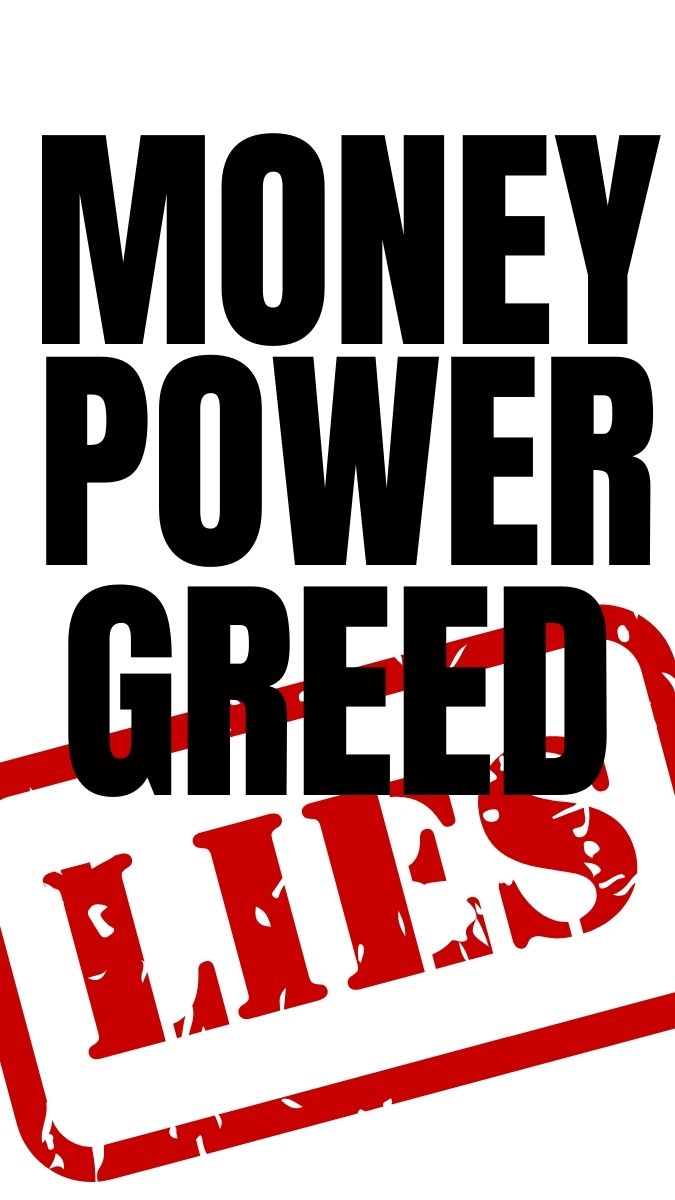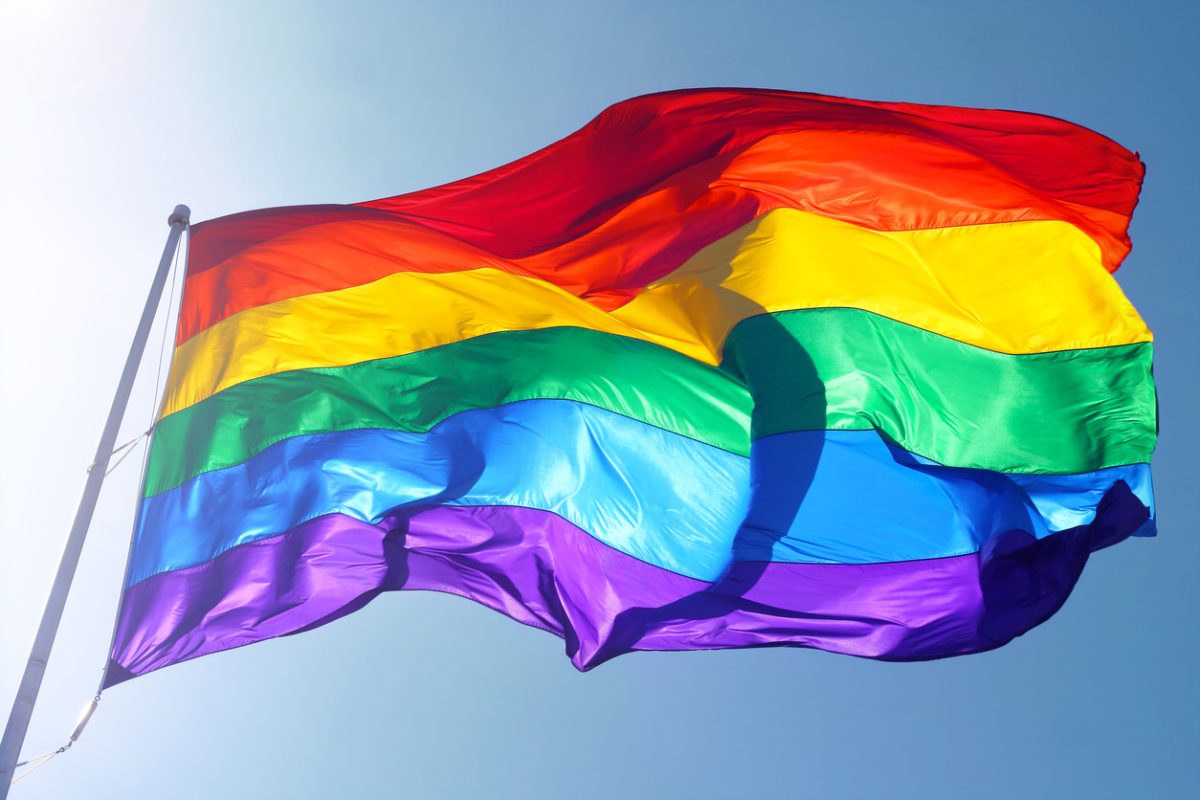At dinner that evening, she sat listening to the conversation around her. As the conversation continued, in a spontaneous move, she said those five words that would alter the relationship with her parents forever. “Mom and Dad, I’m gay.” The look across her parent’s faces were ones of shock and denial, and instead of feeling relief, she wondered why she chose this moment to verbalize what she kept to herself for many years. By the end of the evening, the conversation with her parents didn’t give her the sense of love and acceptance she longed for, but instead left her with the feeling that things would never be resolved.
Unfortunately, this occurrence is one that many teens and other queer people of all ages experience. The severity of these coming out conversations sometimes results in even worse outcomes; however, having an environment of acceptance at school can cancel out the rejection felt at home. One way this acceptance is shown is through the display of the pride flag.
Love and Acceptance: The True Meaning of The Pride Flag
In 1978, Gilbert Blake created the rainbow flag, otherwise known as the pride flag, in an effort to create “visibility and [to] empower the LGBTQ+ liberation movement.” Since its creation, the flag has become a symbol of love and acceptance in homes, workplaces, and other environments across the globe, including classrooms. Blake was unaware of the vast controversy that would surround his creation, especially in the school setting. Due to parental complaints, some educators have been forced to remove the flag due to the polarization surrounding the misconception of its true meaning.
“I think the parent’s desire to remove the flag stemmed from a place of fear and misunderstanding about its significance as a symbol of representation, support, and inclusivity,” said Julie Ellet, a former parent of students at Lake Travis High School.
To remove pride flags in any given space is to misunderstand what the flag truly stands for.
The flag is not about discrimination or indoctrination.
The flag is not about stereotyping or exclusion.
The pride flag does not make students queer.
In fact, it’s quite the opposite.
The pride flag is simply about love.
It’s about the representation of the human experience of two people who have a connection and a commitment.
It’s about a person loving and accepting the defining characteristics of themselves.
It’s a definition of equality for every human being.
Teenage years are a time for students to become comfortable in their identity. Queer students should have a place where they can receive support without the fear of judgment. Teachers can be a tremendous part of that support system, and displaying the pride flag further demonstrates just how far that support goes.
There must be a change in perspective among the pride flag and its symbolism. It must shift from the false idea that the pride flag is there to indoctrinate the students into becoming queer when in reality, it is there as a symbol of love, safety, and acceptance for all students. This flag should not be controversial, as queer students should feel safe in their schools and in these classrooms. Teachers should be able to display the flag. Period.
“This climate of fear and uncertainty is deeply troubling and undermines the supportive environment we strive to create,” Ellet said.
This is about what the flag represents.
It’s about the fact that teachers should not be forced to take down a symbol of love, acceptance and safety for students.
After all, in addition to obtaining an education, isn’t providing an environment of safey for students what school is all about?
Giving students a place where they can learn both academically and personally and feel safe while doing it.
This is what the pride flag represents.
Let teachers have this ability.




